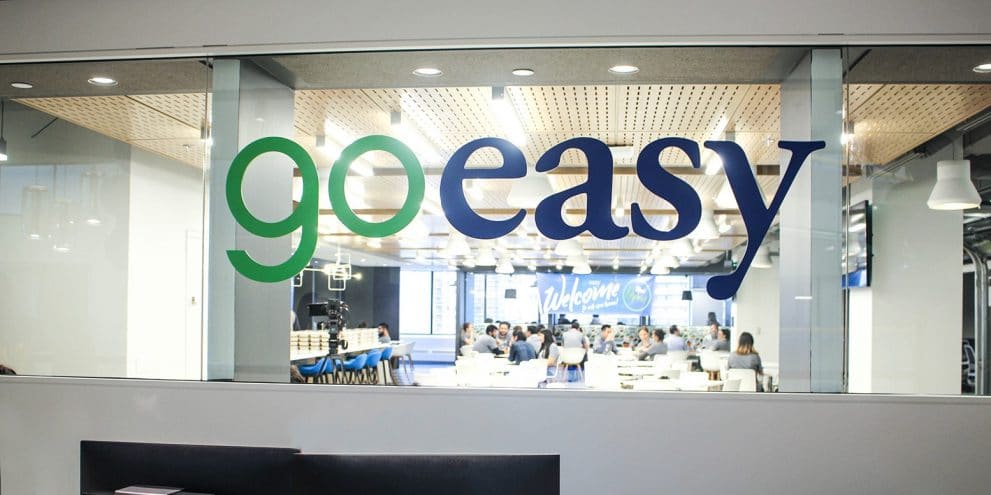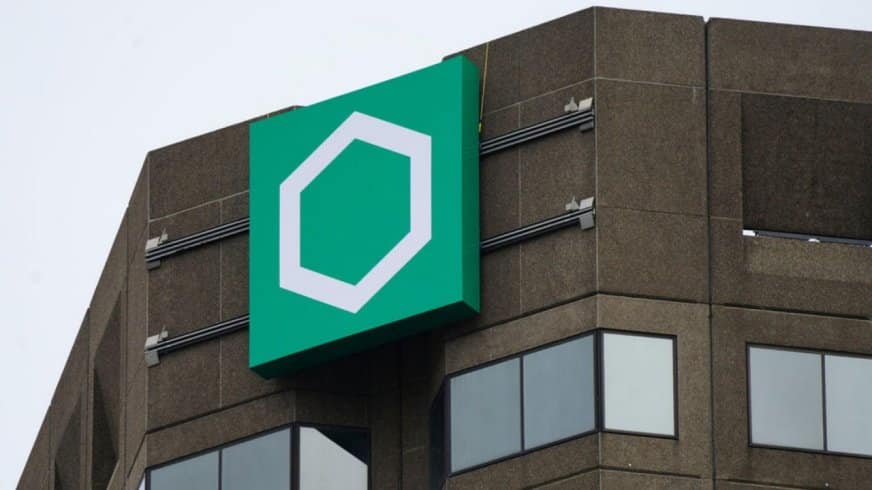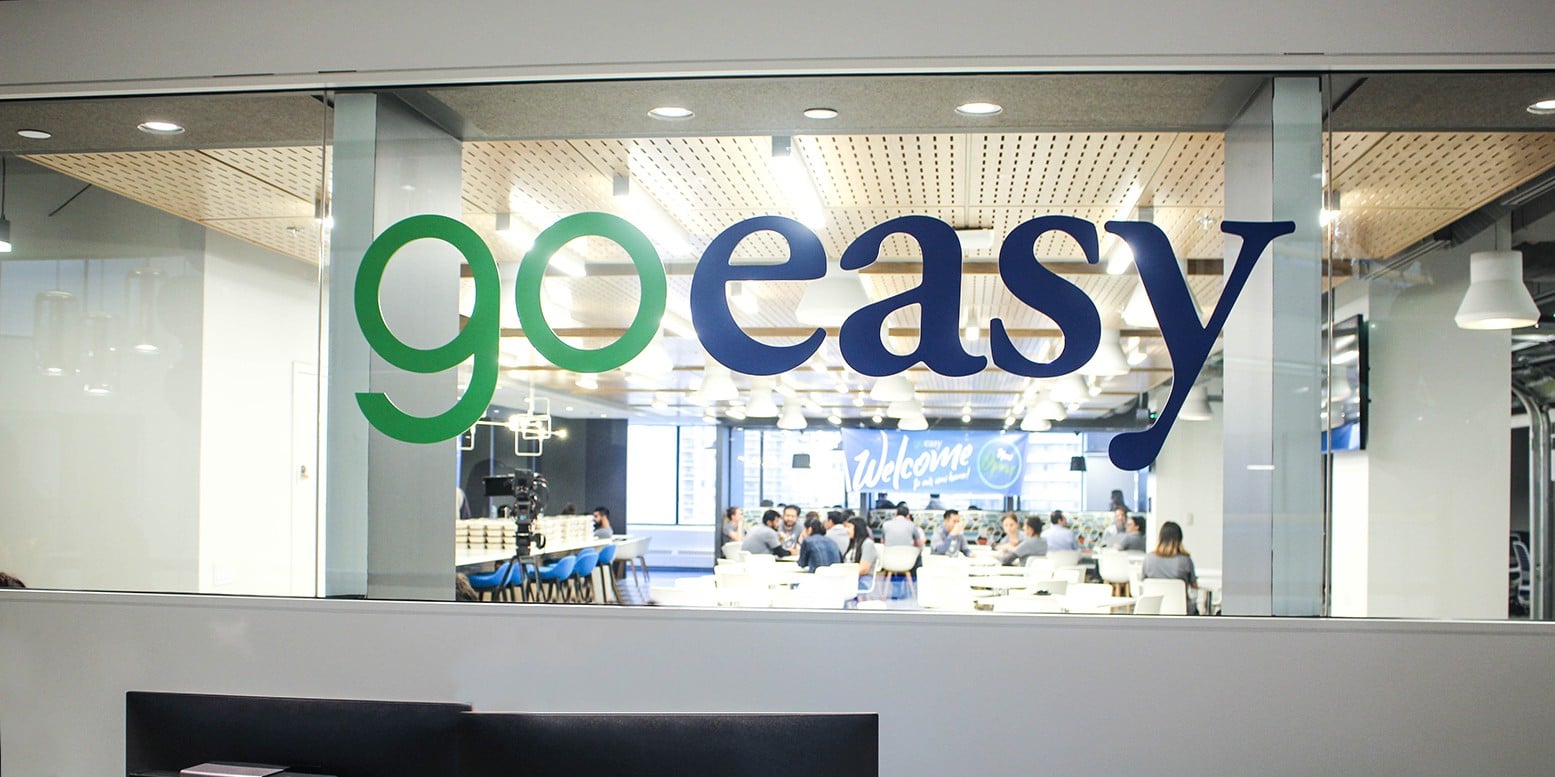
It’s been a great ride for Canadian fintech company goeasy (goeasy Stock Quote, Charts, News, Analysts, Financials TSX:GSY), but investors looking to climb aboard this high-flyer might want to watch from the sidelines for a while. So says portfolio manager Ryan Bushell who thinks there are a number of factors at play which might make the future a little less rosy for alternative banking businesses like goeasy.
Mississauga-headquartered goeasy is a non-prime leasing and lending platform with brands easyhome, easyfinancial and LendCare and over 400 locations across Canada. The company reported a 58 per cent year-over-year increase in its loan portfolio over its latest quarter, goeasy’s second quarter 2021, bringing it to $1.80 billion as increased demand for its products drove a record $379 million in total loan originations for the quarter.
Bushell says the growth has been sector-wide as the pandemic ended up being beneficial to alternative lending. In the beginning, names like goeasy and other alternative mortgage and financial services companies like Home Capital, Equitable Bank and First National all looked to be in trouble as COVID-19 lockdowns put a halt to parts of the economy and leaving many workers without incomes, putting a worry that monthly payments on mortgages and other loans would be harder to make.
But with the federal government opening the taps to allow Canadians to stay afloat even when employment had been shut down, the scenario for lenders like goeasy turned out differently.
“At the beginning it was a stop in the economy, a hard stop with worries about people’s ability to pay mortgages and other other loans and especially the more levered lower income people that are more prone to use an alternative banking solution like goeasy,” said Bushell, president of Newhaven Asset Management, who spoke on BNN Bloomberg on Thursday.
“goeasy and others, these stocks got just hammered early on the pandemic, and then what actually ended up happening was the government extended enough relief to people that they didn’t default on their loans and not only did they not default on their loans, they couldn’t spend any money because there was nowhere to spend it so people started saving. And so, the saving side of those businesses really took off,” he said.
Bushell said the relatively higher interest rates on savings accounts through companies like goeasy were attracting more money since the rates were higher than those offered by the traditional banks.
Yet, that trend, too, has petered out lately, with the alternative lenders now dropping their savings account interest rates enough that people are more prone to park their money elsewhere.
“Everyone started saving and these companies offered higher interest rates than the Big Five banks, so they saw increased savings coming in,” Bushell said. “That’s now starting to reverse. That savings glut is reversing and most of these companies have dropped rates on their savings accounts. They still are above the banks on a relative level but on an absolute level they’re low enough that people don’t want to earn less than one per cent on savings and so they’re moving that money elsewhere, maybe the equity market.”
So far, the trend hasn’t impacted goeasy’s share price that much, where the stock saw steady gains between March 2020 and September 2021, rising from about $30 per share to over $210. GSY has pulled back a bit since and is currently trading around $190 per share.
The stock has ranked highly in terms of share price appreciation on the TSX over recent years, with goeasy celebrating last month its inclusion in the TSX30 list of top performers where it placed seventh over the past three years.
“Ranking seventh on the TSX over the last three years truly demonstrates the strength and resiliency of our business model and spotlights the success of our employees, who regularly go above and beyond to take great care of our customers,” said goeasy President and CEO Jason Mullins in a press release.
“As we transition out of the pandemic, our business is also stronger than ever. With an expanding range of products and the most well-capitalized balance sheet in our history, goeasy is in the early stages of our journey to become the largest and best performing lender in our industry,” Mullins said.
But Bushell is more cautious on the sector and on goeasy, saying their fortunes may be impacted by interest rate fluctuations going forward.
“The savings side of the business is slowing down and then on the lending side it’s your guess is as good as mine on what the government and the central bank will continue to do on interest rates and policy support for lower income workers and people that are levered,” Bushell said.
“But if it was me I don’t think I would be getting too greedy at the moment. I’d be waiting to see a couple more quarters come out,” he said.
goeasy’s second quarter 2021, delivered in early August, showed revenue up 34 per cent year-over-year to $202 million while adjusted net income was up 50 per cent to $43.7 million. Looking ahead, management has laid out a three-year forecast, calling for revenue growth of 24 to 27 per cent in 2021, 17 to 20 per cent in 2022 and 12 to 15 per cent in 2023.
Leave a Reply
You must be logged in to post a comment.





 Share
Share Tweet
Tweet Share
Share




Comment